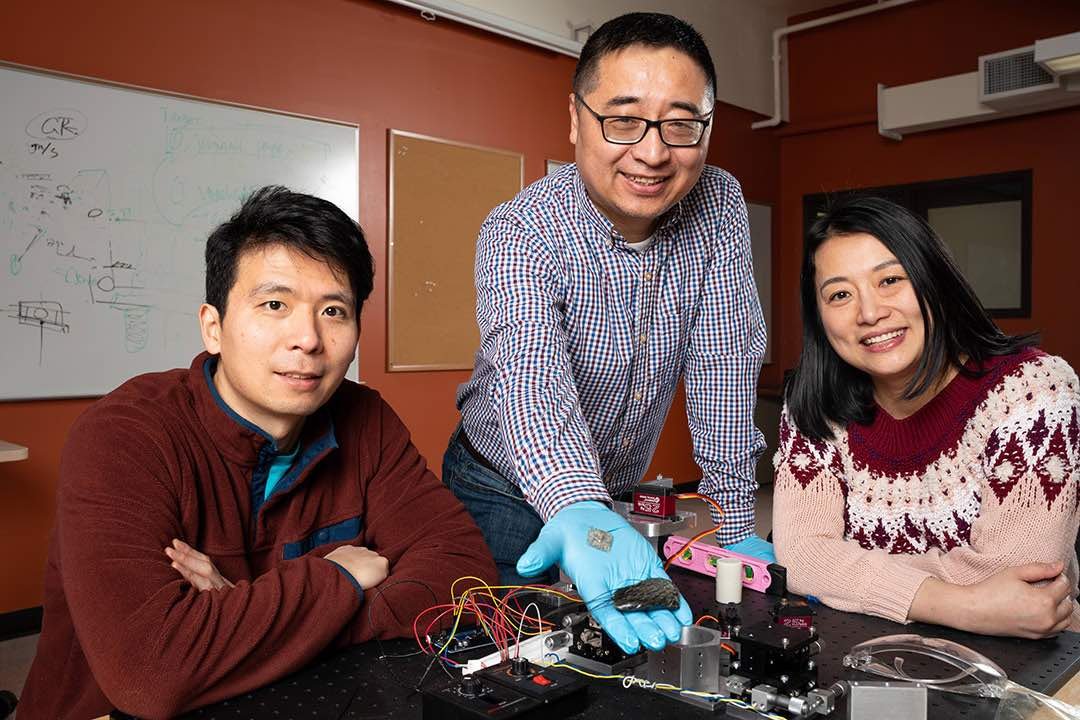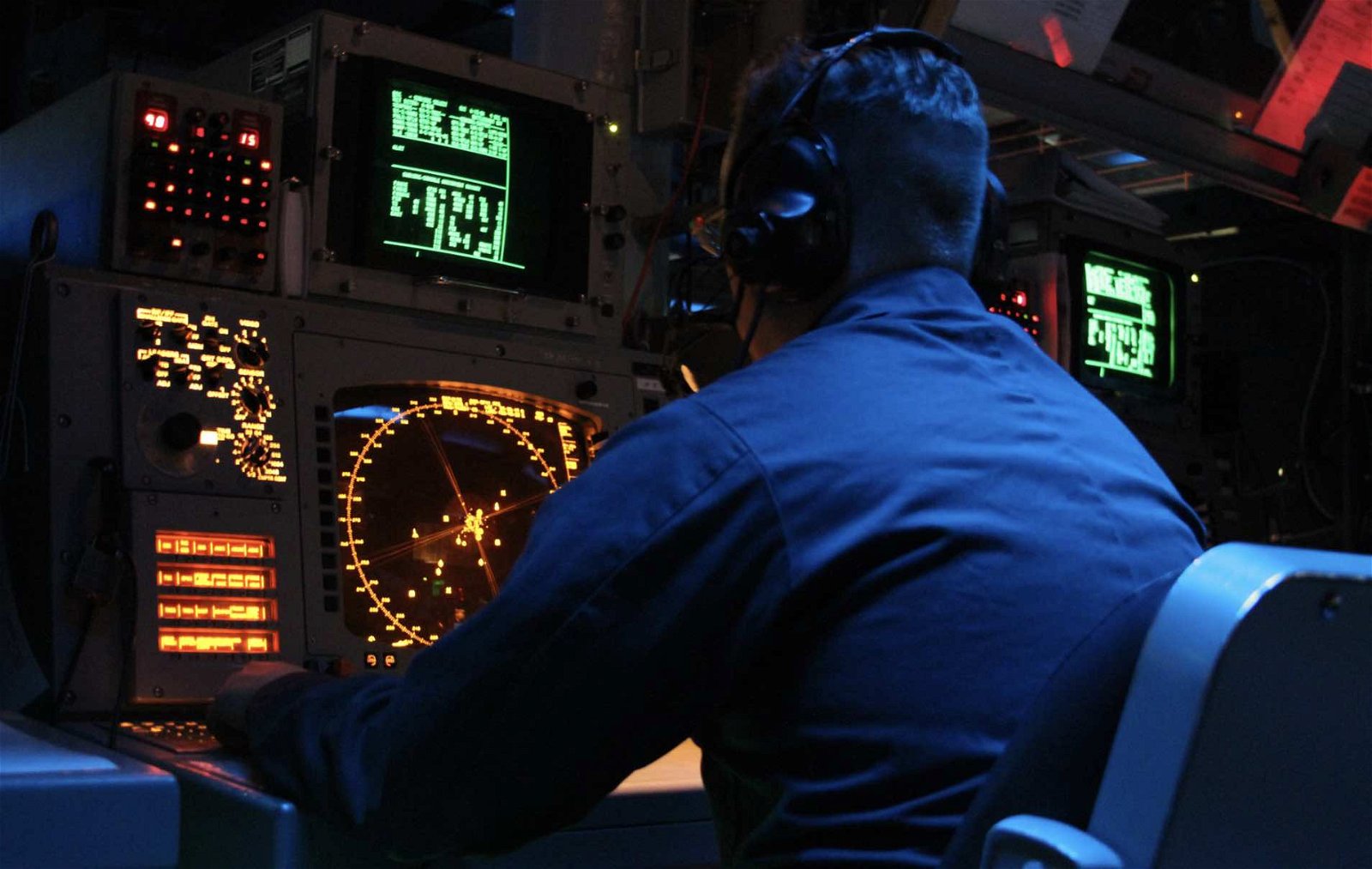A sophisticated new underwater sensor system is currently in development for the United States Navy that will aim to replicate the capabilities and detection range of one of nature’s most unique aquatic mammals.
The innovative sensor array, currently in development by researchers at Rochester Institute of Technology (RIT) with funding from the Naval Research Laboratory, reportedly aims to replicate the “superior design and detection range” possessed by harbor seals.
Inhabiting the ocean waters of the North Atlantic and Northern Pacific, harbor seals are renowned for their prowess as swimmers and aquatic hunters. Now, according to Xudong Zheng, an associate professor in RIT’s Kate Gleason College of Engineering, a unique capability these ocean mammals possess is also serving as inspiration for the development of a new sensor array for the Navy that will possess “biological-level sensitivity, accuracy, and intelligence.”
The Navy says such an advanced underwater sensor system could be used to track anomalies, in addition to aiding scientific exploration of our oceans and advancing the robotic capabilities it uses during stealth operations at sea.
Zheng says the new system he and his team are building will be “the next stage of development of stronger sensors,” adding that early results already indicate that it could help facilitate new capabilities that will help to allow “more smart perceptions and better reasoning regarding the signal pattern and how it corresponds to flow patterns.”
Additionally, Zheng and his team say they hope to improve the way the Navy’s underwater sensors can be used to collect information on the three-dimensional aspects of objects, enabling better and more consistent recognition. The team also plans to leverage artificial intelligence in ways that will further enhance the sensor system’s capabilities when operating within a variety of marine environments.


To achieve this, Zheng’s team drew inspiration from one of nature’s best existing underwater sensor systems.
“We are trying to mimic seals’ highly sensitive sensors using the bio-inspired shape of their whisker array,” Zheng said in a statement, adding that these marine mammals have the ability to detect disturbances nearby at an astounding rate of 254 microns per second. This is made possible in part due to the lengths and placement of their whiskers, which allow the creatures to gauge everything from speed, distance, movement, and location with astounding speed and accuracy.
Although Zheng’s team isn’t the first researchers to draw inspiration from seal’s whiskers, existing systems that work on similar principles only provide individual measurements. By mimicking a harbor seal’s natural sensor capabilities, Zheng’s team hopes they consolidate each of these detection mechanisms into a single game-changing underwater sensor array.
Current sensors that are only capable of single measurements are greatly limited in the detection of spatial information, which involves the visualization of objects from several perspectives and provides information about their relationship to their surroundings.
Zheng says the integration of comprehensive spatial recognition, paired with artificial intelligence, will be two of the primary keys that will allow the new system he and his team are designing to improve sensor accuracy overall.
The new effort is an outgrowth of Zheng’s past work, which involved studies in biomechanics and flow physics in the Department of Mechanical Engineering at Kate Gleason College.
Aided by his wife and research partner Qian Xue, also a Rochester Institute of Technology associate professor of mechanical engineering and an expert in flow-structure interaction, the duo says they are “designing very sensitive sensors that can be tightly packed into smaller spaces and that can extract spatial information,” which allows the sensors to “recognize the surrounding environment with an algorithm to accurately predict the shape of an object.”
“Based on this information, we can understand why this signal corresponds to certain types of bodies, or objects,” Zheng said in a statement, adding that their designs will implement additional technologies being undertaken at RIT to help broadly improve the capability and accuracy of the new sensors they are developing.
Zheng and the team’s current findings are outlined in the latest edition of the journal Frontiers in Robotics and AI.
Micah Hanks is the Editor-in-Chief and Co-Founder of The Debrief. He can be reached by email at micah@thedebrief.org. Follow his work at micahhanks.com and on X: @MicahHanks.

